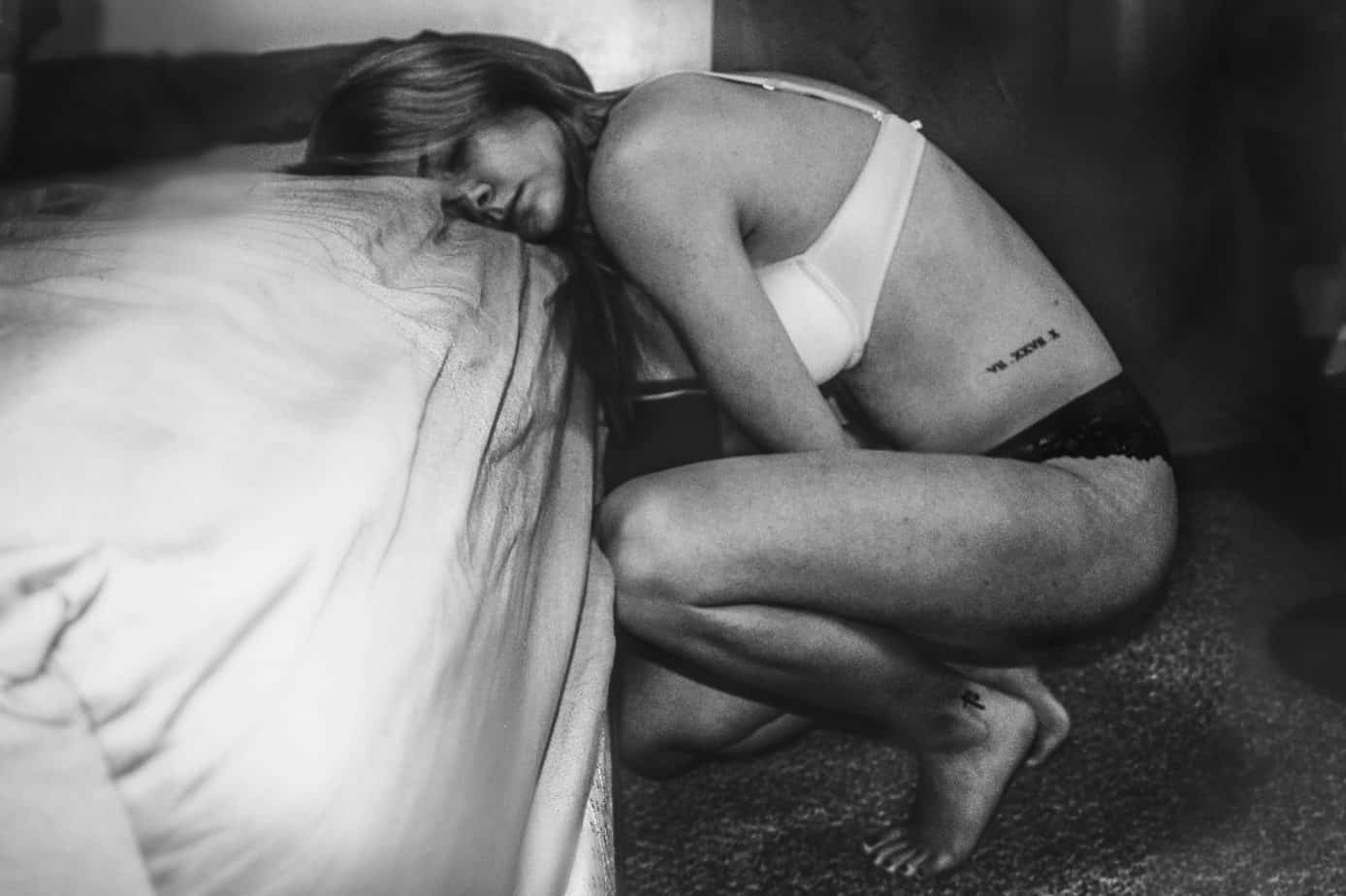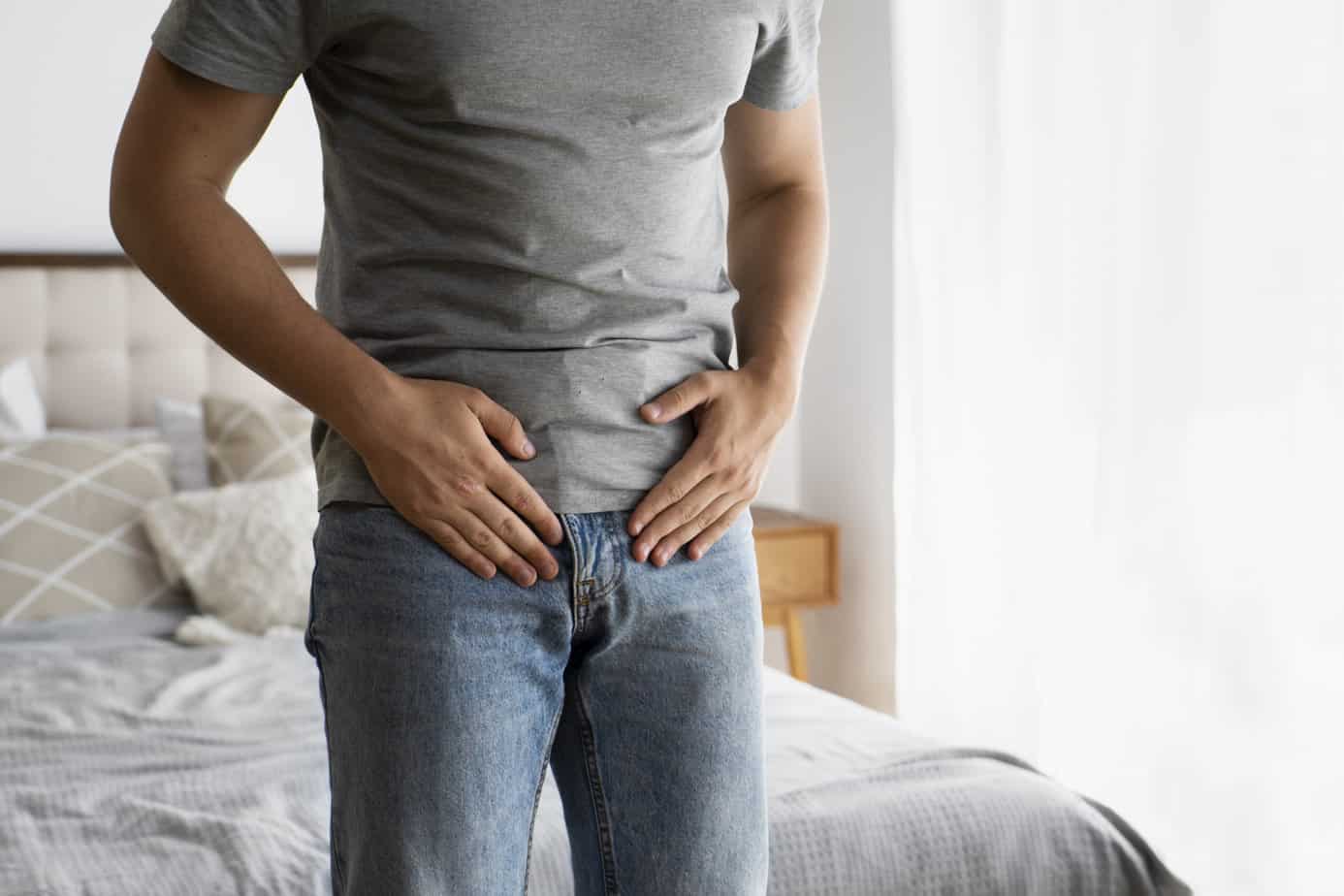Interstitial Cystitis Awareness and Treatment

We’re finishing off September with a blog concerning interstitial cystitis. September is interstitial cystitis (IC) awareness month. There are many interstitial cystitis treatment options available. As with many pelvic health conditions a multi-disciplinary approach is recommended to address each aspect of lifestyle affected (physical, psychological, etc).
What is Interstitial Cystitis (IC)?
IC is a bladder condition that can often go un-diagnosed for years in mild cases. Interstitial cystitis occurs in both male and females although it is more common in females.
Signs and symptoms include:
- a frequent and/or urgent need to urinate
- nocturia (waking up to urinate)
- pelvic pain, usually in the urethra and rectum
- pain extending to the lower back and inner thighs
- pain with sex (dyspareunia)
How do you know if you have it?
The first thing many physicians will rule out is a urinary tract infection (UTI) as this often causes similar symptoms to IC. This is done with a simple urine sample.
Other differences include:
- Pain is relieved with urination in IC. With a UTI urination is painful.
- IC continues for months at a time. Pain with a UTI usually resolves with antibiotics.
Could it be something else?
IC is sometimes mistaken for another bladder condition called overactive bladder syndrome.
Similar symptoms in both include:
- urinary urgency
- urinary frequency
- nocturia
One main difference is that urinary incontinence often occurs in OAB, specifically urge urinary incontinence. The detrusor muscle, the muscle which controls bladder, is often overactive. This results in the bladder muscle to squeeze regardless of how much urine is in the bladder. This is felt as an uncontrollable immediate urge to pass urine. Often you’re given about 2-3 seconds notice before urine is released.
Other differences include:
- pelvic pain
- pain with sex (dyspareunia)
Both of these are more common symptoms reported in IC.
How can Pelvic Health Physical Therapy help?
- Pelvic health physical therapy aims to treat the pelvic floor muscles. They work specifically on the muscles within the pelvis to improve their inter-connected relationship with each other to improve efficiency. Pelvic health physical therapists will also work to calm down overactive muscles, teach weaker muscles to engage and educate on pain reducing strategies to improve sexual function/appreciation. Pelvic floor physical therapy can help improve symptoms teaching patients better toileting habits, educating on diet modification avoiding common bladder irritants.
- Treatment in pelvic health are geared towards improving the strength and coordination of individual muscles. They help improve the pelvic floor work more efficiently within itself and from there they move outwards teaching the pelvic floor muscles to work within the larger systems of the body. The pelvic floor is re-taught how to work in sync with your breathing (pressure system) and within the pelvis for functional activities (walking, exercising, physical activity).
- Most treatments involve pelvic and/or spinal and/or hip re-alignment, pelvic muscle re-education reducing trigger points, stretching tight muscles and teaching proper muscle coordination and toileting techniques.
Specific treatment intervention is determined after a comprehensive evaluation.
Body Harmony Physical Therapy offers one pelvic floor physical therapist to one patient evaluation and treatment sessions. Our treatments are for up to one hour in a private treatment room (not a booth). We provide individualized home programs to every patient. We offer a quick call back option for potential patients who have questions or concerns related to physical therapy.







